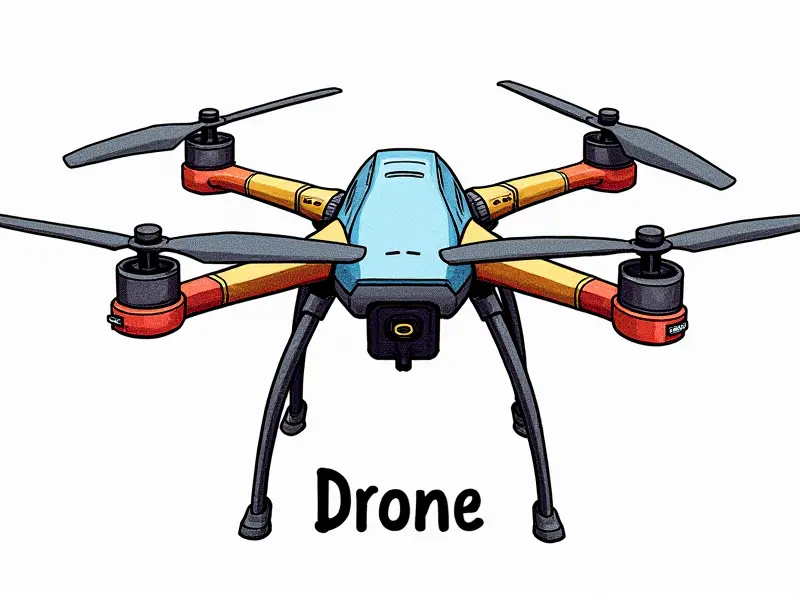RC airplane field setup

Safety Protocols Every RC Pilot Should Know
Before setting up an RC airplane field, it's crucial to establish a set of safety protocols that all pilots must adhere to. These guidelines ensure the well-being and enjoyment of everyone involved.
- Wear Protective Gear: Helmets, goggles, gloves, and long sleeves are essential for protecting against potential injuries from crashes or debris.
- Flight Line Discipline: Designate a flight line where pilots queue up to launch their planes. This prevents collisions between flyers and spectators.
- No Unauthorized Access: Ensure that only authorized personnel are allowed in the flying area to prevent accidents caused by untrained individuals entering the field.
How to Choose the Perfect Location for RC Flying
Selecting an ideal location is critical for a successful and safe RC airplane field. Consider these factors when scouting potential sites:
- Adequate Space: Look for large, open areas free from obstacles such as trees, power lines, or buildings.
- Suitable Terrain: Flat ground with minimal slopes and grassy surfaces are preferable to ensure smooth takeoffs and landings.
- No Nearby Residential Areas: Avoid locations near homes to prevent noise complaints and potential accidents involving bystanders.
Essential Gear for Your First RC Airplane Flight
To get started with your first flight, you'll need the following equipment:
- RC Plane: Choose a model that suits your skill level and interests. Beginners often opt for electric-powered trainers.
- Batteries & Chargers: Ensure you have enough rechargeable batteries to keep flying throughout the day, along with appropriate chargers.
- Flight Simulator Software: Practice in a virtual environment before taking your plane to the field for real-world experience.
Building a Community at Your Local RC Airfield
Fostering a strong community is vital for maintaining interest and enthusiasm among members. Here’s how you can build one:
- Social Media Presence: Create groups on platforms like Facebook or Instagram to share updates, photos, and tips.
- Monthly Meetings: Organize regular gatherings where pilots can discuss their experiences, showcase new models, and plan events.
- Newcomer Orientation: Offer introductory sessions for beginners to help them get acquainted with the sport and equipment.
Maximizing Fun: RC Airplane Field Setup Checklist
A well-organized field setup ensures a smooth flying experience. Use this checklist as your guide:
- Mark Flight Line: Clearly define the area where pilots queue up to launch their planes.
- Install Windsocks: Place windsocks at strategic points around the field to monitor wind direction and speed.
- Set Up Charging Stations: Provide designated areas for charging batteries, complete with appropriate power outlets.
Quick Guide to RC Airplane Field Layout and Markings
A clear layout and markings are essential for safe flying operations. Follow these guidelines:
- Flying Area Boundaries: Use cones or flags to outline the perimeter of the flying zone.
- No-Fly Zones: Mark off restricted areas where planes must not enter, such as near spectators or obstacles.
- Parking Areas: Designate specific spots for parking vehicles and storing equipment away from the flight line.
Tips for Maintaining an RC Airplane Flying Site
Maintaining your field is crucial to ensure it remains a safe and enjoyable place for all members. Consider these tips:
- Regular Inspections: Conduct routine checks of the grounds, equipment, and facilities to identify any issues early.
- Pest Control: Implement measures to keep insects and animals away from the flying area to prevent damage or interference.
- First Aid Station: Stock a well-equipped first aid kit with supplies for treating minor injuries that may occur during flights.
Must-Have Tools for Managing an RC Airplane Club
To effectively manage your club, you’ll need the following tools and resources:
- Membership Database: Maintain a record of all members, including contact information and flight qualifications.
- Scheduling Software: Use online calendars or apps to schedule flights, meetings, and events for easy coordination among members.
- Communication Channels: Establish reliable methods for communicating with the group, such as email listservs or messaging platforms.
Creating a Welcoming Environment at Your RC Field
A welcoming atmosphere encourages newcomers to join and existing members to stay engaged. Here’s how you can foster this:
- Greeting Newcomers: Assign experienced pilots as mentors for newbies, offering guidance and support.
- Family-Friendly Activities: Organize events that cater to families with children, such as model building workshops or scavenger hunts.
- Recognition Programs: Acknowledge outstanding contributions from members through awards or certificates of appreciation.
Common Mistakes in RC Airplane Field Management
Avoid these common pitfalls to ensure the longevity and success of your flying site:
- Lack of Communication: Failing to keep members informed about changes, rules, or upcoming events can lead to confusion and dissatisfaction.
- Inadequate Safety Measures: Neglecting proper safety protocols puts everyone at risk and could result in accidents or injuries.
- Neglected Maintenance: Overlooking regular upkeep of the field and equipment can compromise its usability and appeal over time.
Community Guidelines for Shared RC Airplane Fields
To maintain harmony among users, establish clear guidelines that everyone must follow:
- Schedule Coordination: Encourage members to coordinate their flights through a shared calendar or scheduling system.
- No Littering Policy: Enforce strict rules against leaving trash behind and provide adequate disposal facilities on-site.
- Respect for Others’ Equipment: Remind pilots to handle each other’s planes with care, avoiding rough handling or unauthorized modifications.
Conclusion
Setting up an RC airplane field requires careful planning and attention to detail. By following the guidelines outlined above, you can create a safe, enjoyable space for all members of your community. Remember to prioritize safety, maintain clear communication channels, and foster a welcoming environment that encourages newcomers while supporting existing enthusiasts.

